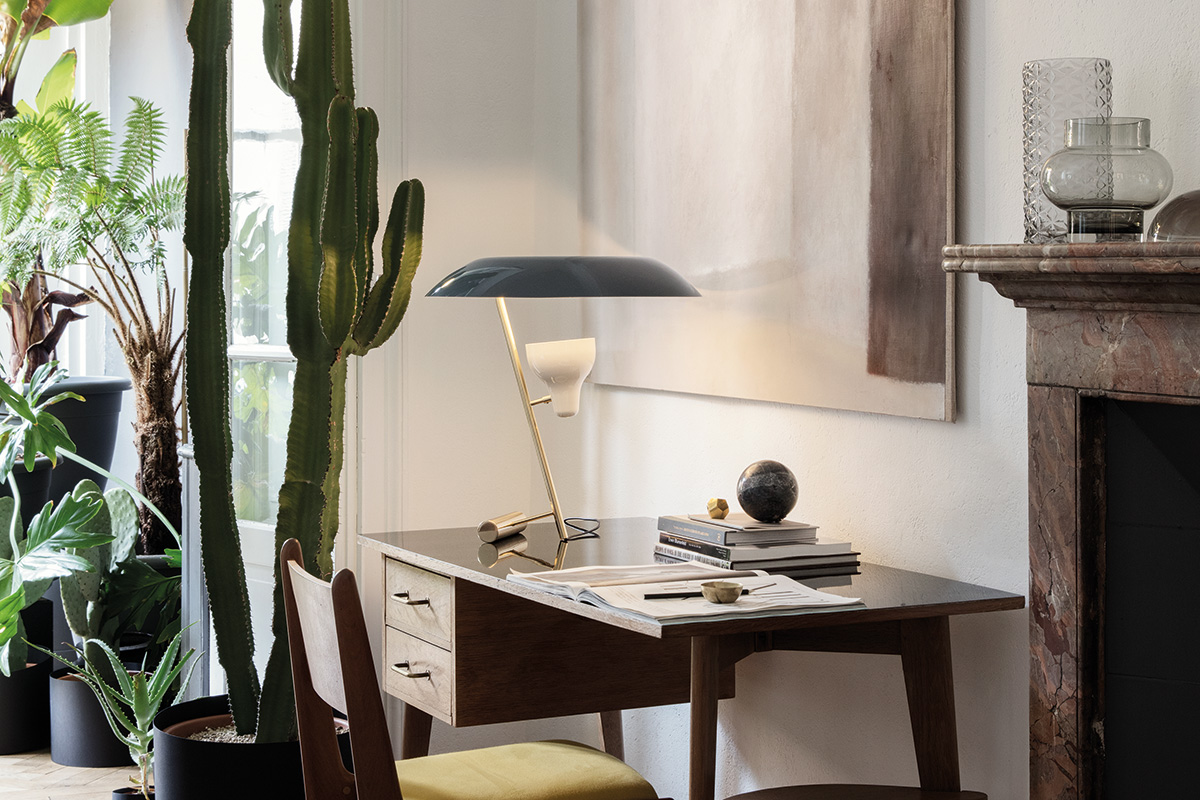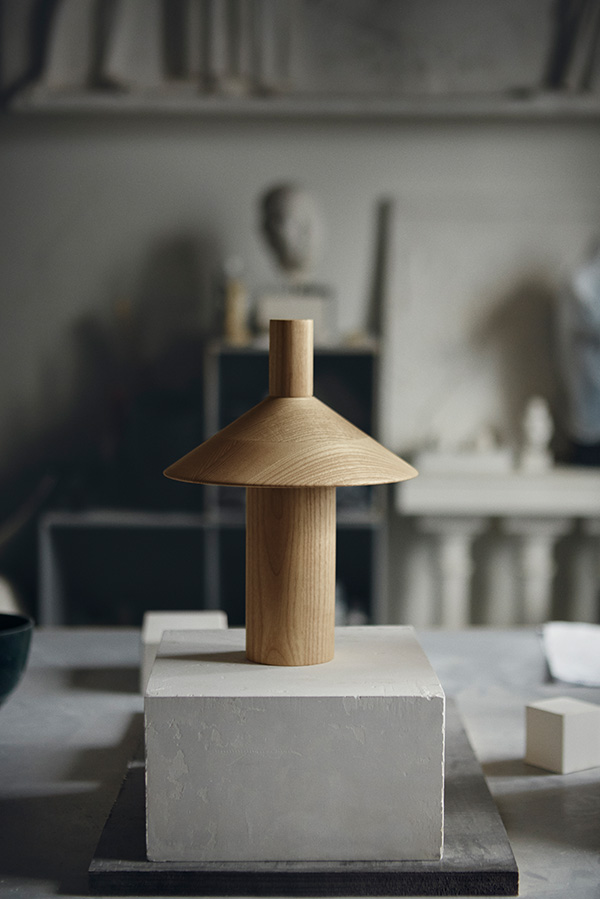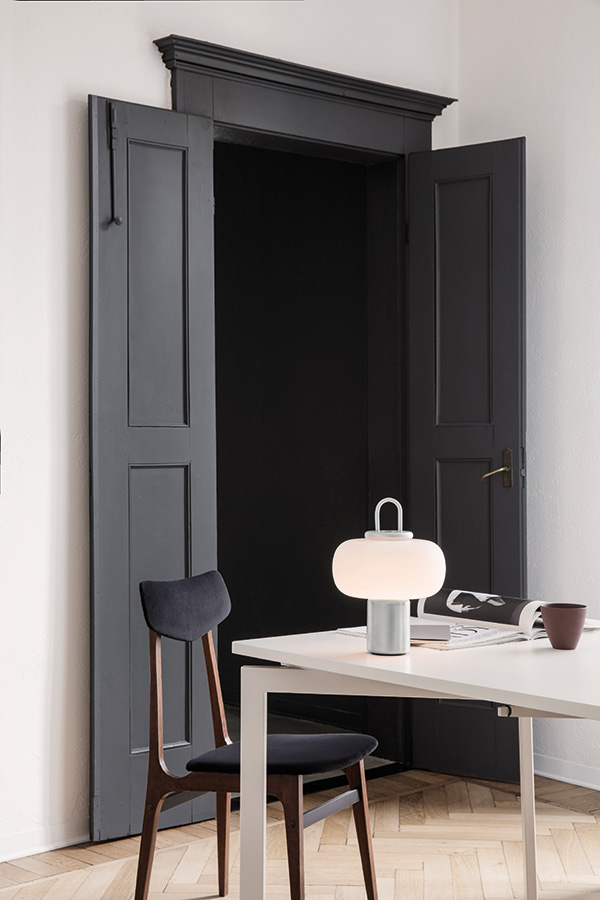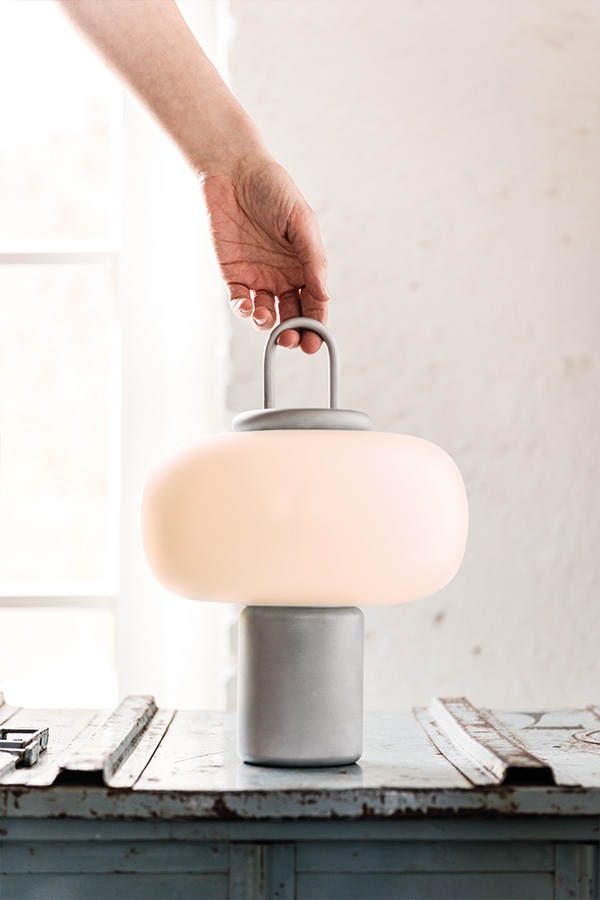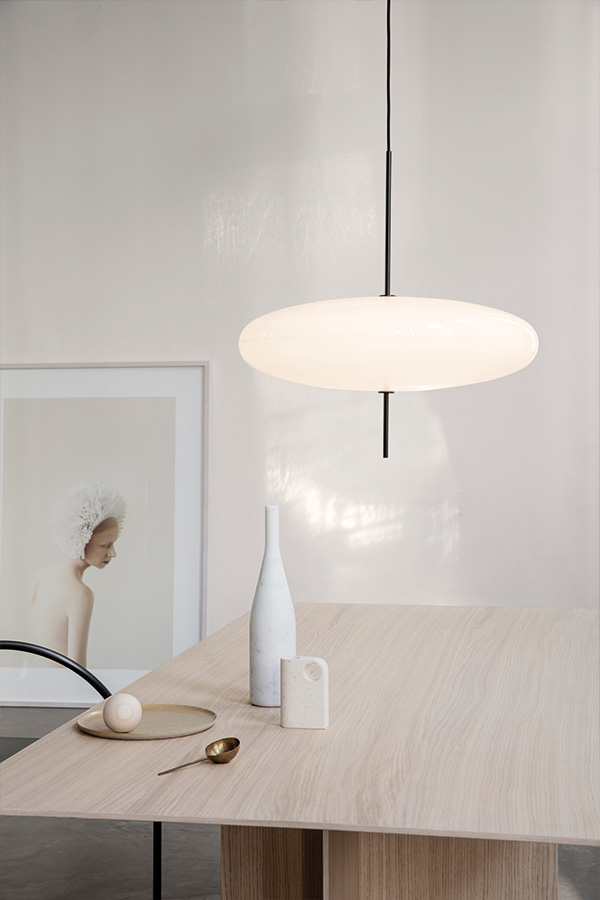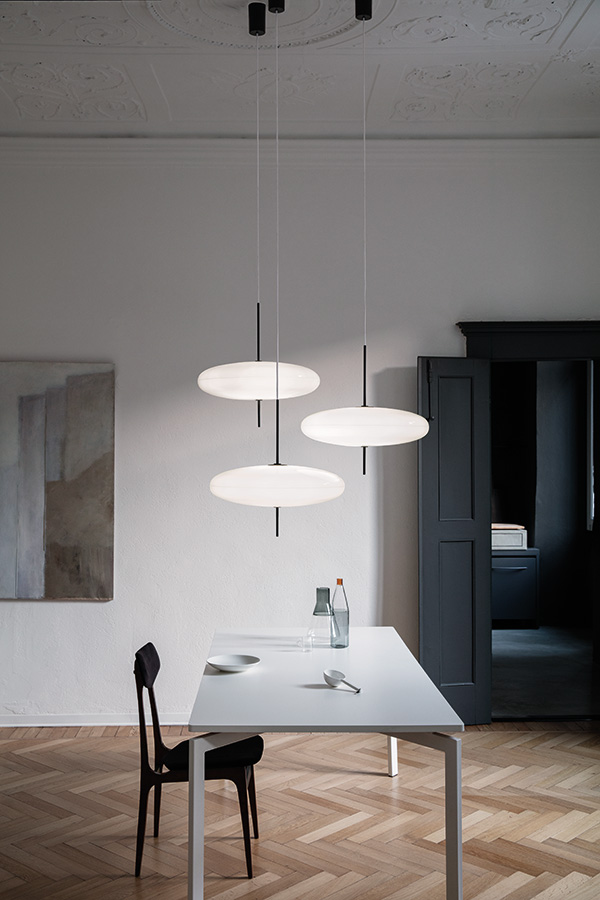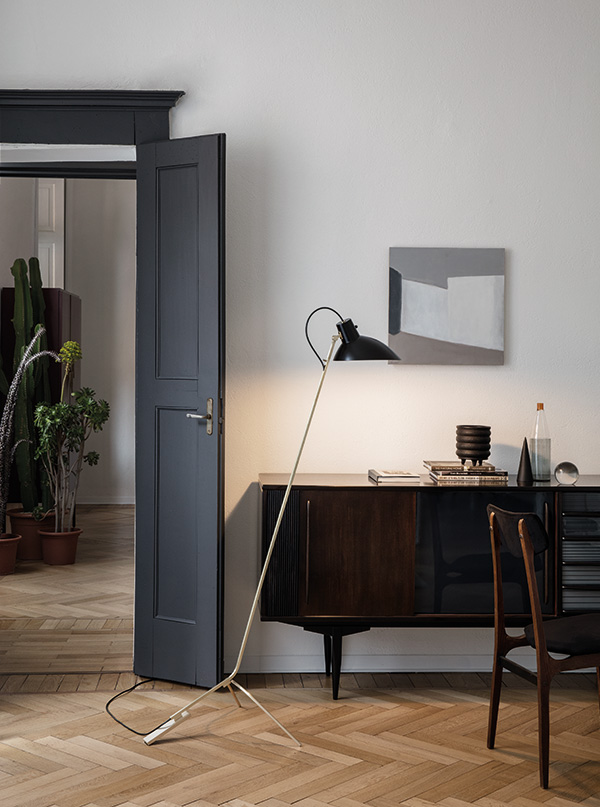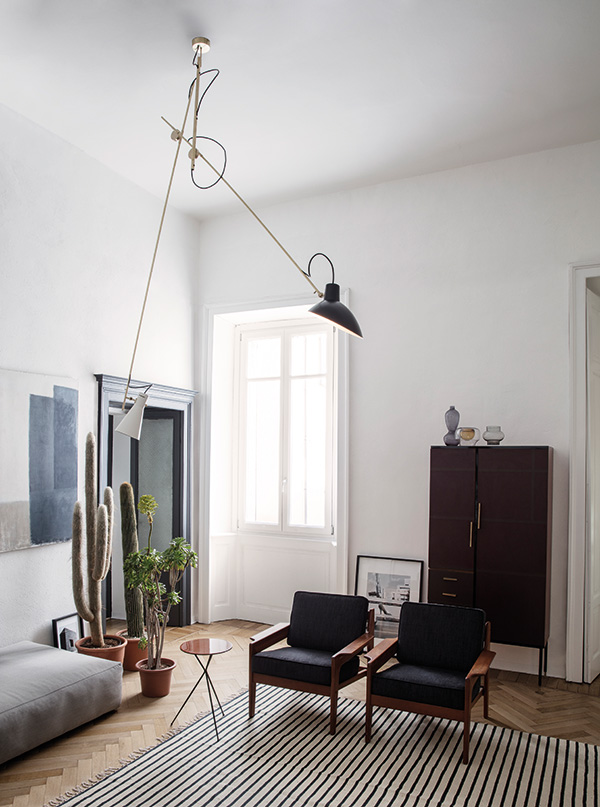
In conversation: Alessandro Sarfatti
Although Astep was only founded in 2014, the lighting brands roots stretch back to the golden years of Italian design. We speak to founder Alessandro Sarfatti to find out more.
“Like all good Italian tales, mine also starts a long time ago; and is, of course, a family affair.” After reading this intriguing statement, we couldn’t wait to find out more about lighting brand Astep and its founder Alessandro Sarfatti.
In between busy weeks at Milan Design Week and 3 days of design in Copenhagen, we were lucky enough to virtually catch up with Alessandro to discover more about his fascinating family. Join us as we chat inspiration, sustainability and how Astep combines influences from both Scandinavian and Italian design.
Hi Alessandro! Could you tell a bit about your background and how you ended up in the design industry?
I’m actually the third generation of my family to start a lighting business. The first was my grandfather Gino Sarfatti who started a company called Arteluce, back in 1939.
In the 1930s there was the embargo against Italy and my family lost everything, so my grandfather had to start working, and he went to Milan to do so. He became an agent in a lighting store called Lumen (it is still there by the way!). One day a client really liked a vase, and he asked my grandfather to create a lamp out of the vase. This is when he fell in love with lighting, and he started Arteluce two years later in 1939.
My father Riccardo also worked with Arteluce in the late 60s, and then a few years later, after the company was sold, he started Luceplan with my mother and Paolo Rizzatto. I started working with Luceplan in 1996, and then in 2010 we sold the company to Phillips lighting. In 2014 I started Astep, after taking a sabbatical year. I had the wish to put together three pillars, which are design, technology, and sustainability. And that’s the idea, the vision Astep is based on.
You are from a family of lighting entrepreneurs, with both your Father Riccardo, and Grandfather Gino involved in the industry. Did you always want to follow the family tradition and become a lighting entrepreneur yourself?
Design is in my bones I would say. And when I say design, I mean the attitude towards a project and the wish to be innovative. That’s the route of the name of Astep, trying to make a step forward, even if it’s a small step forward. Something new only comes from new products.
I believe in doing your part in becoming a better person and trying to make a better world. It so happens for me that is making lamps, which might not sound revolutionary but the way I see it is that it could be a small step. Astep is about a step in making new products but also a step in doing your bit for this planet in your lifetime.
Astep was founded in 2014. What are the driving principals behind the brand?
In the beginning of Astep, we really focused on wireless, because the combination between LEDs and batteries allows lighting to make a step forward. But as we all know, being respectful to the planet and to the people you work with, and your stakeholders is fundamental in our time. So, this is also a factor of the equation, to be respectful. And this is called sustainability.
To be effective on that, we are trying to become a B-corporation. I would say it’s an alternative to capitalism as we know it, where profit is the only god. In a B-corporation, of course the importance of the profit is there but it’s also about how you treat your employees, how far the production site is from the warehouse, your CO2 footprint etc. It’s really seeing the company as a social tool.
Besides this vision, the driving force is making things well and making products that last.
The Astep collection includes both classics and contemporary designs. How do you combine the opposing pulls of heritage and innovation within your pieces?
We’ve divided the collection into two, the ‘evolution’ collection for the new products and the ‘tribute’ collection for the products that we are bringing back to the market. The red thread is the attitude towards the project and the product, which is trying to be innovative.
Our bestseller, the Model 2065, is crafted from a polymer. Sometimes people ask me, ‘is that the way your grandfather did it, with plastic?’ And the answer is yes of course! People often think it’s glass. First, if it was glass, it would have been much heavier, and the electric wire wouldn’t be able to hold it. The simplicity of the aesthetic is because that material is light. Today we see plastic as evil, which for some things is true, but I still believe that the use of plastic in these products is okay, even more so if it’s recycled and recyclable.
The other factor is trying to be functional and rational, not creating a loud product or a fashionable product. I like to say that my products are ‘out of fashion’ because fashion only lasts one or two years, whereas if a thing is ‘out of fashion’ it lasts 50 years, like it has in the case of our ‘tribute’ products.
Based in Denmark but with an Italian history, how does Astep see itself in terms of design style?
I love it! I love the mix between Italy and Denmark. All our products are manufactured in Italy, so before Covid I went there every month to work with production. Now we find other ways.
I think these two nations have common threads which go back to the maestros. Italy is full of big designers and architects, Castiglioni, Enzo Mari, you name it. Denmark also has their maestros. Like Paul Kjaerholm (my favourite) but also Verner Panton, Poul Henningsen and Arne Jacobsen.
I think the common mix that worked historically in Italy and Denmark was the combination of 3 elements: a visionary architect with a forward-looking vision, a visionary entrepreneur who supported the ideas of these architects and the third one is the artisanal skills, the capacity of the Italians and Danish to work on a smaller scale.
The outcome of these three factors makes Danish and Italian design what it is. These two countries are really the expression of design in the way I see it.
One of your latest releases, the beautiful Pepa lamp has been recently longlisted for a Dezeen award. Could you tell us a bit more about the design?
This product is really a manifesto, all my words put into an object which for me is very important. It’s showing coherence between what I say and what I produce. My brief to the designer was that I would like to make a portable lamp in wood. Francesco Faccin, the designer said ‘okay, but if it’s in wood, it needs to have a purpose.’ The purpose is that you need to touch it because you need to feel the quality of the material.
Normally this kind of technology would use lithium batteries, which are embedded inside the product. So, when they die, you almost lose the product as its very difficult to change them. Whereas in Pepa, we use the NIMH batteries, which are the ones you can find in supermarkets. This product is really designed for repairing and for disassembly and that makes it sustainable.
What’s your favourite item in your home and why?
Besides my children of course! I remember many years ago, somebody asked my father this question, and he answered, surprising everybody, that his favourite tool in the house was a garden hoe. I have to say back then I laughed at that, because in my 20s and 30s I really didn’t enjoy gardening. But now I love it! I really understand the answer, it’s really rewarding gardening.
Discover the full Astep collection here. Do you own an Astep lighting design? Share your styling with us over Instagram @nest_co_uk.
Please note: this interview has been edited in places for clarity.

